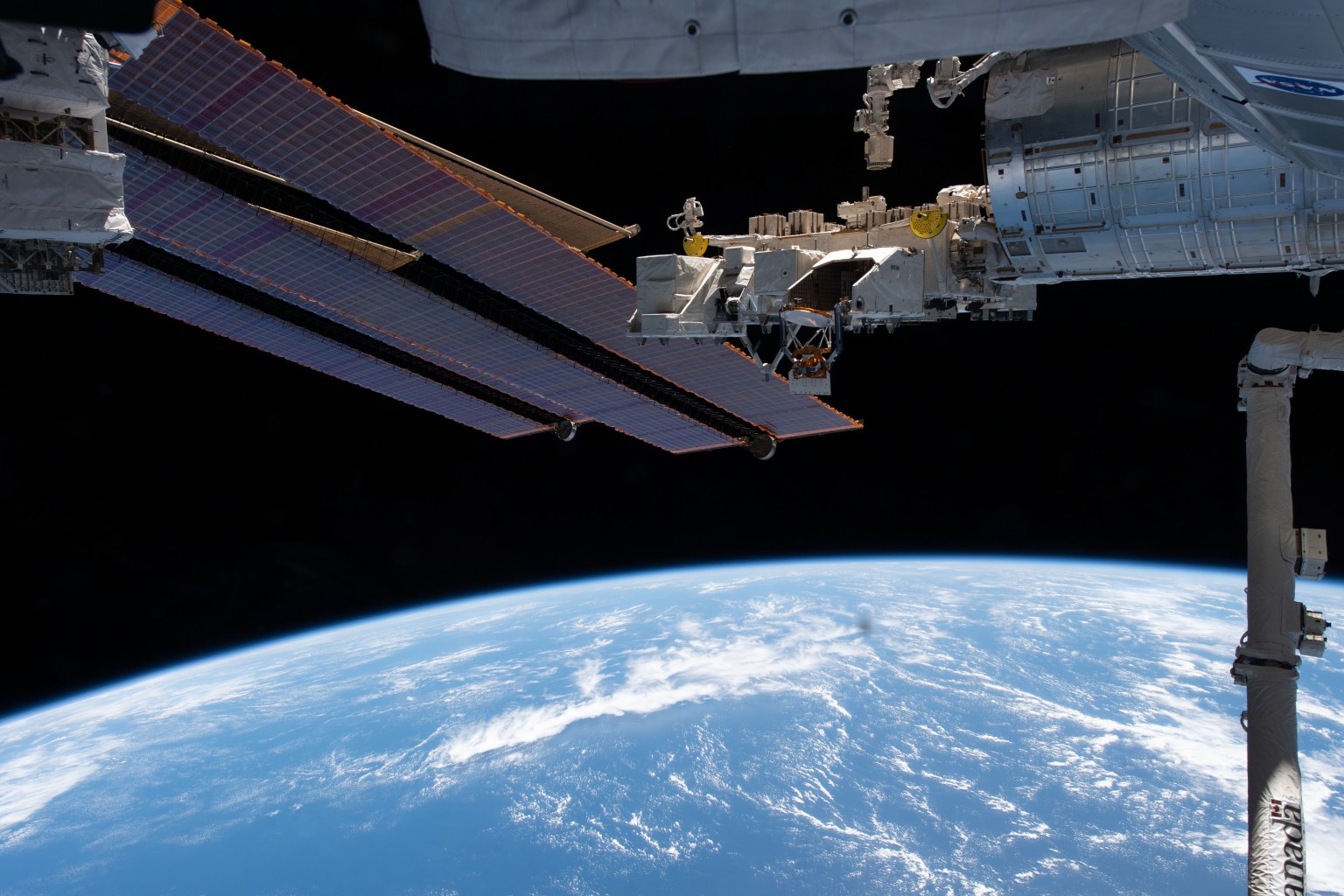The new year of 1969 dawned with optimism that NASA would meet President John F. Kennedy’s goal of landing a man on the Moon and returning him safely to the Earth. The previous year saw four Apollo missions, two uncrewed and two carrying three astronauts each, test different components of the lunar landing architecture, culminating with Apollo 8’s December flight around the Moon. Challenges remaining for the new year included testing the Lunar Module (LM) with a crew, first in Earth orbit, and then in lunar orbit, a flight that…
Read MoreMonth: January 2024
Hubble Views a Galactic Supernova Site
2 min read Hubble Views a Galactic Supernova Site This NASA Hubble Space Telescope image is of the small galaxy known as UGC 5189A. ESA/Hubble & NASA, A. Filippenko This image features a relatively small galaxy known as UGC 5189A, which is located about 150 million light-years away in the constellation Leo. This galaxy was observed by the NASA/ESA Hubble Space Telescope to study a supernova explosion in 2010 known as SN 2010jl. This particular supernova is notable because it was an exceptionally luminous supernova event. In fact, over a period of three years,…
Read MoreNASA, Partners to Welcome Private Crew Aboard Space Station
Axiom Mission 3 (Ax-3), the third all private astronaut mission to the International Space Station, lifts off at 4:49 p.m. EST on Thursday, Jan. 18, from Launch Complex 39A at NASA’s Kennedy Space Center in Florida. NASA As part of NASA’s efforts to enable more access to space, four private astronauts are in orbit following the successful launch of the third all private astronaut mission to the International Space Station. Axiom Space astronauts lifted off at 4:49 p.m. EST on Thursday from Launch Complex 39A at NASA’s Kennedy Space Center…
Read MoreHubble Captures a Monster Merger
This Hubble Picture of the Week features Arp 122, a peculiar galaxy that in fact comprises two galaxies — NGC 6040, the tilted, warped spiral galaxy and LEDA 59642, the round, face-on spiral — that are in the midst of a collision.
Read MoreGlenn Supports World Radiocommunication Conference
1 min read Preparations for Next Moonwalk Simulations Underway (and Underwater) NASA Glenn Research Center’s Deputy International Spectrum Manager, Dave Franc, taking the floor to debate U.S. position at WRC-23. Credit: International Telecommunications Union Reliable space communication and navigation systems are critical to every NASA mission. From the Voyager mission exploring beyond our solar system to astronauts aboard the International Space Station, space communications provide the crucial connection to our home planet. Without proper management of radio spectrum allocation and use, NASA’s ability to communicate with spacecraft and operate science…
Read MoreMonitoring Microorganisms
7 Min Read Monitoring Microorganisms Science in Space January 2024 Crew members on the International Space Station have a lot of company – millions of bacteria and other microbes. The human body contains 10 times more microbes than human cells, and bacteria and fungi grow in and on just about everything around us on Earth. Most bacteria are harmless, and many are beneficial or even essential to human functioning and well-being. But microgravity can make some microbes more likely to cause disease and bacteria and fungi may affect the function…
Read MoreNASA Continues Artemis Moon Rocket Engine Tests with 1st Hot Fire of 2024
3 min read Preparations for Next Moonwalk Simulations Underway (and Underwater) NASA completed a full-duration, 500-second hot fire of an RS-25 certification engine Jan. 17, continuing a critical test series to support future SLS (Space Launch System) missions to the Moon and beyond as NASA explores the secrets of the universe for the benefit of all. NASA/Danny Nowlin NASA completed a full-duration, 500-second hot fire of an RS-25 certification engine Jan. 17, continuing a critical test series to support future SLS (Space Launch System) missions to the Moon and beyond…
Read MoreThere’s lots of water on the moon for astronauts. But is it safe to drink?
Water appears to be abundant near the moon’s south pole, but drinking it could be a safety problem for astronauts. A new moon challenge asks the public for ideas to purify drinking water for astronauts, reducing the need for shipments from Earth. The Aqualunar contest is open to residents of Canada and the United Kingdom, and you can send in your ideas right now, through April 8. “It is very likely that water exists on the moon, but it contains contaminants,” the Canadian Space Agency wrote in its briefing for…
Read MoreWater ice buried at Mars’ equator is over 2 miles thick
A European Space Agency (ESA) probe has found enough water to cover Mars in an ocean between 4.9 and 8.9 feet (1.5 and 2.7 meters) deep, buried in the form of dusty ice beneath the planet’s equator. The finding was made by ESA’s Mars Express mission, a veteran spacecraft that has been engaged in science operations around Mars for 20 years now. While it’s not the first time that evidence for ice has been found near the Red Planet’s equator, this new discovery is by far the largest amount of…
Read MoreSee a bright half moon meet up with Jupiter in the night sky tonight
Two skywatching favorites will meet up in the clear winter night sky tonight. The moon and Jupiter will appear close together in the Aries constellation, offering the chance to see five moons at once through the right binoculars. Jupiter’s four largest satellites, called the Galilean moons, will appear in pairs on either side of the largest planet in our solar system. The moon, meanwhile, will be just seven days past new moon in a bright waxing gibbous phase, appearing 59% illuminated as it heads toward the first full moon of…
Read More




